More photos from the scene of the Still & Box + EMS Plan I at O’Hare Airport, 10-28-16 taken roughly 30 minutes after the fire
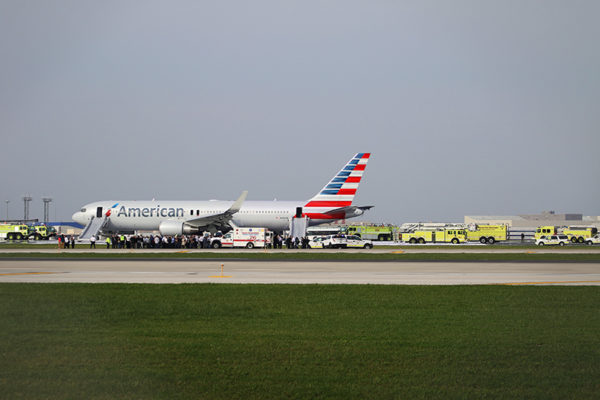
Dan McInerney photo
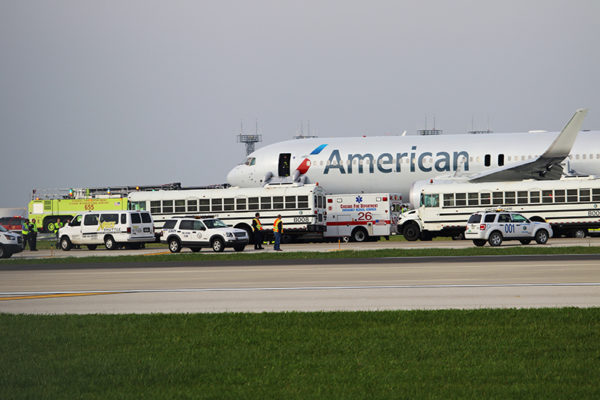
Dan McInerney photo
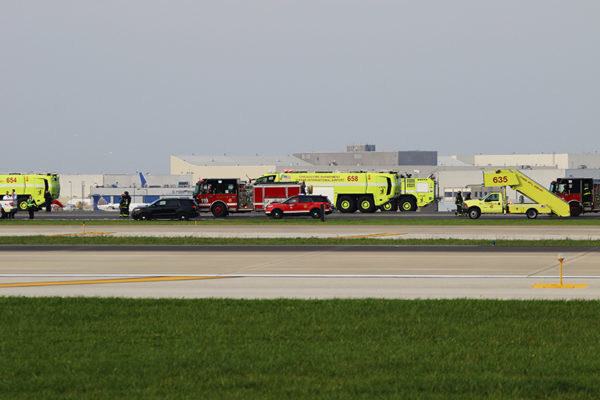
Dan McInerney photo
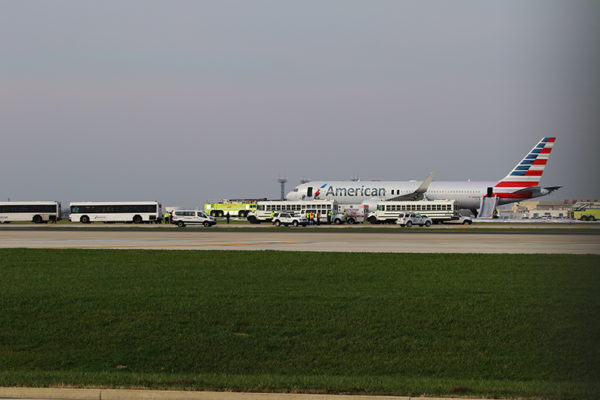
Dan McInerney photo
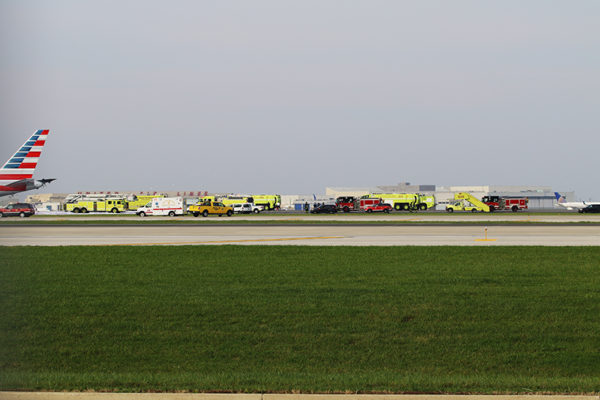
Dan McInerney photo
More photos from the scene of the Still & Box + EMS Plan I at O’Hare Airport, 10-28-16 taken roughly 30 minutes after the fire

Dan McInerney photo

Dan McInerney photo

Dan McInerney photo

Dan McInerney photo

Dan McInerney photo
Tags: American Airlines jet burns at O'Hare Airport, CFD O'Hare Airport firefighting, Chicago FD O'Hare Airport fire trucks, Chicago Fire Department at O'Hare Airport, Chicago O'Hare Airport Fire Department, Dan McInerney, O'Hare Airport Fire Department, O'Hare Airport firefighters
This entry was posted on October 29, 2016, 10:00 AM and is filed under Apparatus on-scene, plane crash. You can follow any responses to this entry through RSS 2.0. Both comments and pings are currently closed.
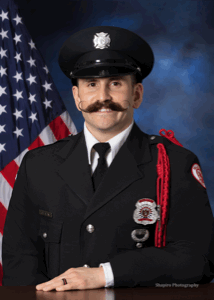
For the finest department portraits and composites contact Tim Olk or Larry Shapiro.
Arclite theme by digitalnature | powered by WordPress
#1 by BMurphy on November 1, 2016 - 11:26 AM
FYI: best to watch the video on a larger screen.
#2 by BMurphy on November 1, 2016 - 11:25 AM
From the time the 767 stopped on 28R/10L until the first ARFF units flowed AFFF was under 3 minutes, probably less based on the times on the various videos posted. Rumor has it that some of the ARFF units were already on the field nearby practicing for a scenario just like the one that actually occurred. Even so, it’s only about 4,000′ from the doors of Rescue Station 3 to the incident location, using the tunnel under 28L/10R. Looks like the fire was completely suppressed within 4 to 6 minutes. The rapid, textbook application of AFFF probably kept the landing gear strut under the right wing from collapsing; if that had happened things may not have turned out so well.
Below is a link to one of the best videos of the incident, taken from somewhere at T5/International Terminal, probably the ground control tower cab or elevated admin offices. Great views of the response, some good comments from the aviation guys taking the video (understandably salty however, kids) and really great training stuff if you’re in any way involved with ARFF or even flammable liquids fire fighting:
http://www.youtube.com/watch?v=ru0_sHcjDP0
If anyone believes adequate ARFF staffing/placement/equipment is a luxury just ask one of the passengers or crew who was on that plane what they think.
(PS- Kudos to the FLL ARFF guys on their great job with the FedEx DC-10 that same afternoon!)
#3 by FARTIN' FRED on October 31, 2016 - 2:10 PM
Anyone know how long it took for the first drop of water to hit the flames, after the alert from the tower went out?
#4 by Chris on October 31, 2016 - 12:44 PM
A turbine disk was thrown 1/3 of a mile away and went through the roof of the UPS hangar.
#5 by Brian on October 30, 2016 - 1:46 PM
Thanks Murphy, I’m well versed in mabas and the response capabilities to and from cfd and mabas. I wasn’t sure about the actual airport rig manning and thanks for your info
#6 by BMurphy on October 30, 2016 - 12:43 PM
I believe the staffing on the CFD ORD equipment is as follows (CFD guys please correct if not accurate):
4 stations (3 airside, 1 terminal area)
ARFF Rigs (x8?)- 2 each
Engines (x3)- 5 each
Truck(1)- 5
2 piece Squad (1)- 6
Ambulances (4?)- 2 each
Hazmat Company (1)- 3(?)
Command Post/Van (1)- 1(?)
Mobile Aircraft Stairs Unit (1?)- ?
Rehab Unit (1)- ?
Mobile Ventilation Unit (1?)- ?
MCIU Support Unit(1?)- ?
Battalion Chief- 1
Other Duty Chiefs (?)- 2 (2?)
Units with a ‘?’ for staffing levels may be staffed via ‘jump’ members from other airport companies or by move-up City units, not sure.
NW side City companies fill-out initial responses and change-of-quarters, other companies deeper into the City respond on greater alarm levels (like any other CFD incident).
Off-airport incidents are joint ops with stricken community(s) through MABAS, with CFD involvement typically based on incident distance from ORD.
Via MABAS suburban units are heavily involved for the largest of incidents, primarily related to EMS operations. Without discussing restricted or sensitive information let’s just say that there are enough resources available to handle casualties involving the largest of aircraft and terminal areas of the airport.
Compared to other US airports similar in size and activity, O’Hare is at or near the top in terms of emergency resources and abilities.
#7 by Brian on October 29, 2016 - 11:00 PM
What is manning of the Ohare rigs?
#8 by Rich on October 29, 2016 - 4:45 PM
What was the response?